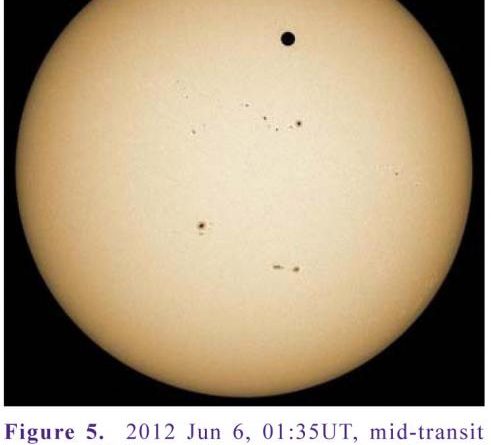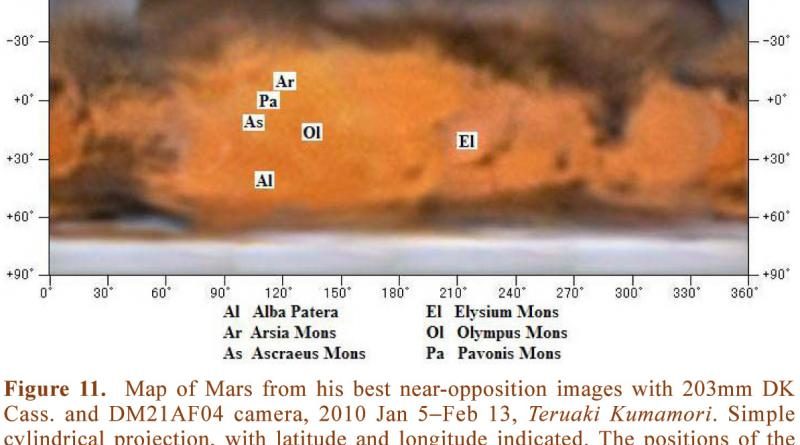Introducing the Comet Observation database (COBS)
The Comet Observation database (COBS) is a unique service that enables comet observers to submit, display and analyse cometary data in a single location. The service is available to comet observers worldwide and currently represents one of the largest databases of comet observations available (containing more than 235,000 observations at 2018 August). Data stored in the COBS database is freely available to everyone and can be analysed within the COBS online analysis website or exported and further used in other analysis software and publications. Members of the British Astronomical Association (BAA) are encouraged to submit their ICQ-formatted observations to COBS in addition to the Comet Section.
Read more




